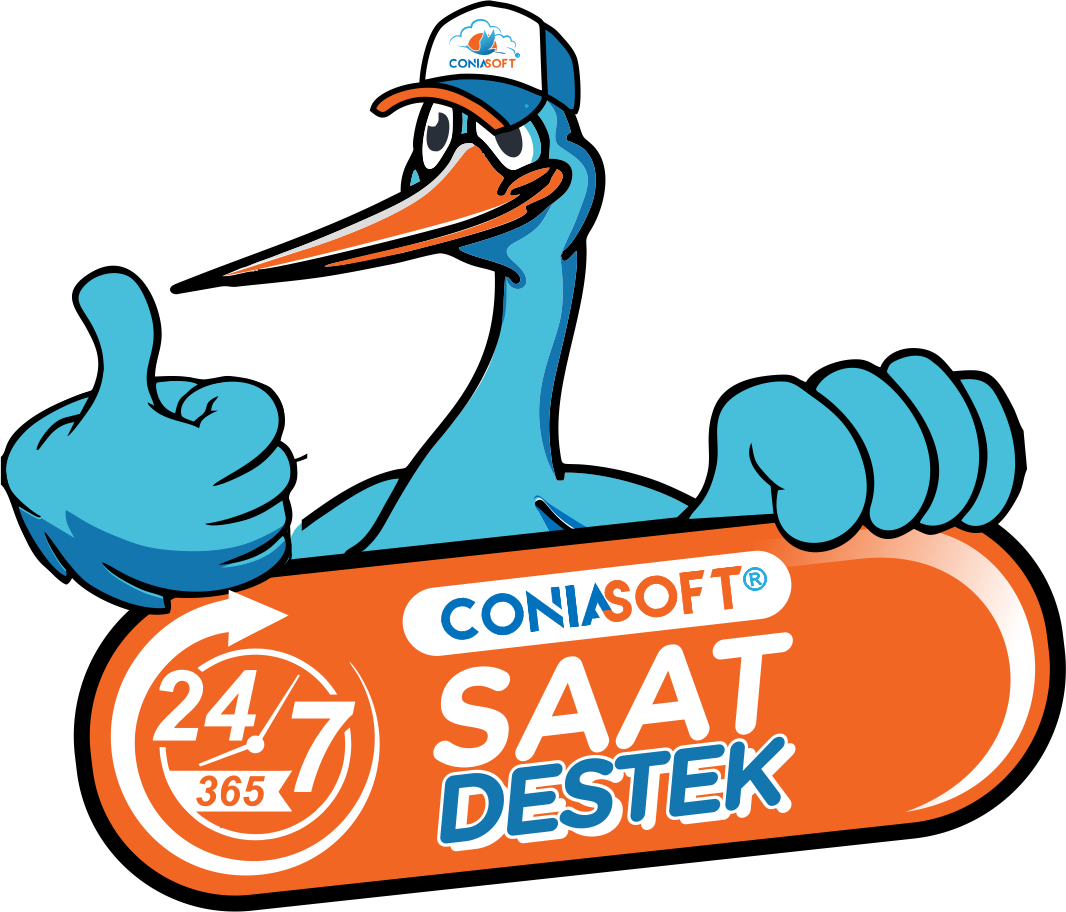Businesses from all sectors are using technology to streamline operations, improve customer experiences, and gain a competitive edge in today’s digital economy. Although off-the-shelf software solutions can satisfy basic objectives, they frequently fall short of addressing particular business requirements.
Custom software development is useful in this situation. We will examine the world of bespoke software creation, its advantages, crucial factors, and the detailed procedure involved in producing unique software solutions in this extensive tutorial.
What does “custom software development” entail?
The process of developing custom software entails making software programs or systems that are specially crafted to satisfy a company’s particular needs. Custom solutions, as opposed to pre-made software, are created from the ground up and offer unmatched flexibility and scalability. They can streamline workflows, automate procedures, and provide individualised experiences that are catered to the requirements of the company.
In the process of developing custom software, the customer specifies the features, functionalities, and integrations that will be included in the final product. Businesses may completely manage the look, feel, and usability of the product using this customised method. The process of creating custom software goes through several steps, including gathering requirements, system design, development, testing, deployment, and continuing maintenance. To guarantee that the software is in line with business objectives and develops by changing requirements, close communication between the development team and the client is essential throughout the development process.
Custom Software Development Advantages
Numerous advantages are available to enterprises from the development of custom software, including the provision of specialised solutions. This method improves functionality and efficiency by integrating the software with the operations, goals, and user expectations of the organisation. The scalability of custom software enables simple expansion and adaptation to changing requirements. This saves time and money by eliminating the need for pricey platform migrations or recurring programme updates. By being tailored to certain workflows, eliminating unused capabilities, and emphasising critical features, custom software can also boost effectiveness and efficiency. Processes are streamlined, manual labour is reduced, and repetitive tasks are automated as a result, enhancing production and efficiency. In essence, firms can produce more with fewer resources thanks to specialised software, which improves their total operational effectiveness. Custom software development gives companies the ability to design solutions that are specifically catered to their needs and workflows, increasing productivity and lowering costs. In contrast to commercial software, this strategy is aligned with corporate processes, allowing for effective operations and maximising efficiency.
With the help of scalability provided by custom software development services, organisations may modify their software to manage growing data, user traffic, and new features without having to make large system changes or buy new software. This scalability gives organisations a competitive edge by enabling them to stand out from the competition and offer better services or products. Workflows may be automated, experiences can be personalised, and procedures can be optimised, increasing productivity and teamwork. Additionally, it is simple to integrate with other applications, databases, and systems, ensuring efficient data transmission and obviating the need for human data entry. Businesses from several departments profit from this connection.
With the help of custom software development services, businesses can control and manage their software ecosystem and make the necessary modifications and advancements. Firms can react swiftly to shifting customer needs and market realities thanks to this ownership. Custom software creation has considerable long-term cost savings over commercially available software because it does not require additional software purchases or licensing fees. Compared to commercially available alternatives, custom software often has a lower total cost of ownership over time, making it a more cost-effective choice for businesses.
An instruction manual for developing custom software
This blog post examines best practices for creating custom software, concentrating on gathering requirements, deploying it, and maintaining it. The value of software solutions is maximised while highlighting important factors, processes, and techniques to optimise the development process. Businesses can improve their chances of success and accomplish desired results by implementing these practices.
In the discovery and requirement-gathering stage of the development of custom software, firms evaluate their needs, objectives, and difficulties. To obtain functional and technical needs entails interacting with stakeholders like business owners, users, and subject matter experts. The objective is to clearly describe the project’s scope, identify its major components, order its requirements, and set its objectives. Establishing specific goals enables the development team to work together with stakeholders, establishing a shared vision and a yardstick for software success. Businesses must understand their requirements, pain points, and expectations when stakeholders from different departments and roles are involved in the development of custom software. This helps good communication and guarantees the software will fulfil the demands of all important parties.
For your project, choosing the best software development company is essential. Take into account their knowledge of the pertinent industries and technologies for your organisation. A trustworthy development partner will comprehend your goals, offer insightful commentary, and work well with you to produce high-calibre software. Wireframes are made during the design and prototyping phase to help visualise the software’s interface and organisation. An easy-to-use and aesthetically pleasing interface is the main focus of the UI design development. A primary goal is ensuring that the programme meets the needs and preferences of its target users through user-centred design.
By coding standards, best practices, and architectural guidelines, development starts with the technology stack, programming languages, and frameworks that have been selected. Controlled software implementation and deployment to ensure compatibility with current infrastructure and user training. Data privacy and security are crucial in the digital era. Strong security measures must be incorporated into custom software to safeguard sensitive information and adhere to applicable laws. To find and fix any software flaws, routine security audits, vulnerability assessments, and penetration testing should be carried out.
To ensure that the programme satisfies the required requirements, the software development process includes thorough testing and quality assurance, including functional, performance, security, and usability tests. The efficiency, security, and compatibility of the programme with new technologies must all be maintained through maintenance and support. To meet changing company needs, this also involves bug patches, frequent updates, user feedback improvements, and technical support.
Custom software development frequently uses the Agile process, which emphasises iterative and collaborative development, guarantees flexibility, prompt feedback, and continual improvement while lowering the risk of project failure.
By automating the build, test, and deployment processes, a Continuous Integration and Deployment (CI/CD) pipeline can lower integration risks and enable more frequent releases. Automated tests come first in test-driven development (TDD), which improves the quality and maintainability of the code. Adopting a DevOps culture promotes automation, continuous integration, and effective deployment by fostering collaboration and shared accountability. Regular code reviews help team members share expertise, find issues, and enhance the quality of the code. Following coding guidelines and best practices improves the quality and maintainability of software. Agile project management technologies, such as Jira or Trello, aid in task management, progress tracking, and collaboration to ensure openness and effective project management.
The emergence of low-code and no-code development platforms, cloud-native development, AI and ML integration, DevOps practices, IoT integration, and Progressive Web Applications (PWAs) are some of the trends affecting custom software development. While cloud-native development makes use of scalability, flexibility, and cost-efficiency, low-code platforms allow non-technical people to create applications with little to no coding experience. Intelligent apps are made possible by AI and ML algorithms, and DevOps practises emphasise collaboration, automation, and continuous integration. Efficiency is increased in sectors including healthcare, manufacturing, and logistics because of IoT integration, which enables automation, data collecting, and analysis. Through web browsers, PWAs provide a fluid, responsive user experience.
Agile development approaches like Scrum or Kanban, which encourage iterative development, collaboration, and adaptability, can improve custom software development. While Test-Driven Development (TDD) prioritises automated tests above code, Continuous Integration and Deployment (CI/CD) pipelines automate the build, testing, and deployment processes. Adopting a DevOps culture encourages communication between the development and operations teams, which speeds up delivery and boosts product quality. Effective communication is also crucial, as are consistent code reviews, version control, documentation, automated testing, continuous monitoring, security and privacy, and so on. These procedures assist in finding problems, enhance the quality of the code, and guarantee compliance with coding standards and best practices. Systems for routinely monitoring and reporting programme performance and user experience are helpful.
Agile methodology is an incremental, iterative approach to software development that emphasizes adaptability, flexibility, and teamwork. It allows for the early and frequent release of functional software by dividing the development process into brief sprints. Flexibility, prompt feedback, transparency, effective resource management, and improved cooperation and communication are all advantages of agile. It enables organisations to efficiently allocate resources, prioritise features, and respond to shifting business needs. Regular meetings and meetings reduce misunderstandings, enhance decision-making, and ultimately result in better project outcomes by fostering shared understanding.
Continuous integration and deployment, test-driven development (TDD), a DevOps culture, regular code reviews, and agile project management tools are all examples of agile software development practices. These procedures guarantee continuous testing, deployment, and integration, which minimises integration problems and permits regular releases. While a DevOps culture fosters cooperation and shared responsibility, TDD increases code quality and maintainability. Regular code reviews help find errors, enhance code quality, and make sure coding standards are followed. Increased flexibility, quicker delivery, and better software are all benefits of agile techniques.
Concluding thoughts
Businesses have a rare opportunity to take advantage of technology and acquire a competitive edge through custom software development. Organisations may optimise processes, boost productivity, and offer individualised experiences by customising software solutions to meet particular demands. To guarantee a good conclusion, it is essential to thoroughly examine the needs, pick the ideal development partner, and follow a systematic development process.


















